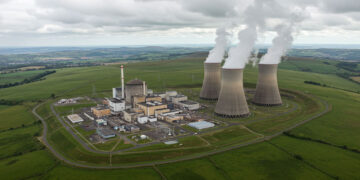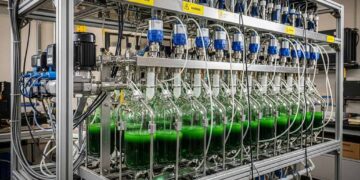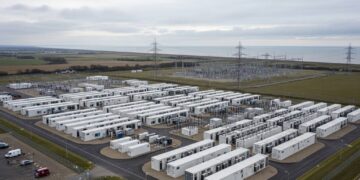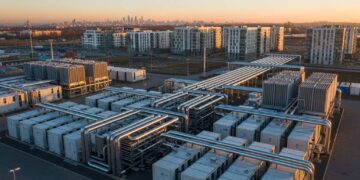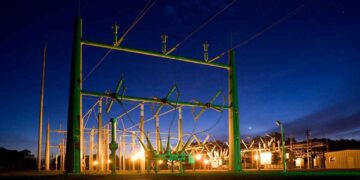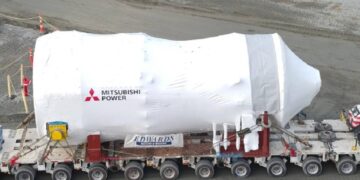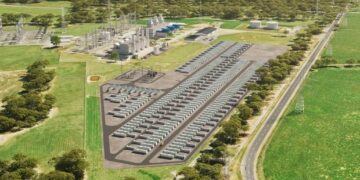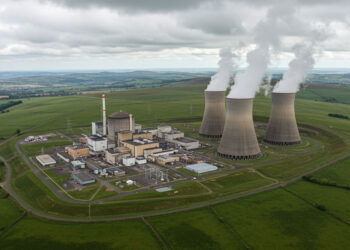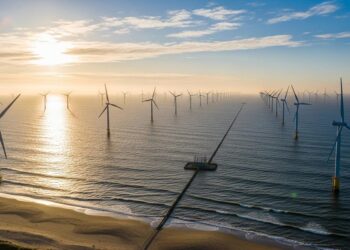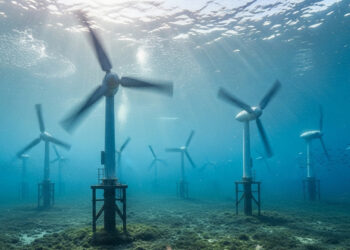Brazil’s Ministry of Mines and Energy and China General Nuclear Power Group have signed a letter of intent to cooperate on energy transition efforts, sustainability, and the peaceful and sustainable use of nuclear mineral resources in Brazil, further strengthening China Energy Agreements within the BRICS framework.
The deal was concluded during the BRICS meeting in Brazil and was one of several bilateral China Energy Agreements and energy cooperation deals.
Minister of Mines and Energy Alexandre Silveira said: “We want to advance the partnerships with China to further expand the generation of clean and renewable energy in Brazil, strengthening our leading role in the global energy transition, in addition to the mineral chain development in our country.”
The energy agreement establishes an institutional platform for cooperation in research, development and innovation in sustainable energy technologies and the Brazilian ministry said that joint actions in research, development and innovation are planned, with a “focus on the technological modernisation of the mineral chain”.
It also said the agreement includes the development of technical cooperation with “universities, research centres and public or private institutions specialising in mineral processing, materials science and sustainable resource management”.
The World Nuclear Association says that Brazil has a good supply of 210,000 tonnes of uranium after a lot of exploration in the 1970s and 1980s. There hasn’t been much exploration since the mid-1980s, but in August 2024, Brazil’s fuel cycle business Industrias Nucleares do Brasil said it will start looking for uranium again.
The three biggest deposits in the country are Pocos de Caldas in Minas Gerais state, where a uranium mine closed in 1997; Lagoa Real or Caetité in Bahia state, which has been operating since 1999; and Itataia, now called Santa Quitéria, in Ceará state, where uranium will be produced as a byproduct of phosphate.
Brazil has been mining uranium since 1982, although the only mine that is still open is INB’s Lagoa Real/Caetité mine, which can produce 340 tonnes of uranium per year. There are 10,000 tU of known resources at the mine at 0.3%U.
INB started building the nearby Engenho mine in January 2017. It is an open pit mine that will produce 200–300 tU per year. Production was supposed to start in October 2017, however it never did.
The country’s energy minister said in January 2020 that investing in INB will let it generate 150 tU a year from Caetité beginning in 2020 and up to 360 tU a year by 2023. The Santa Quitéria Consortium, which is made up of INB and the privately held fertiliser company Galvani, plans to get 2,300 tonnes of uranium concentrate per year from the Itataia deposit.
Brazil manufactured 43 tonnes of uranium in 2022. After conversion, most of the mined uranium is utilised in other countries, but all of it is used in the US. The government needs around 339 tonnes of uranium per year right now.




